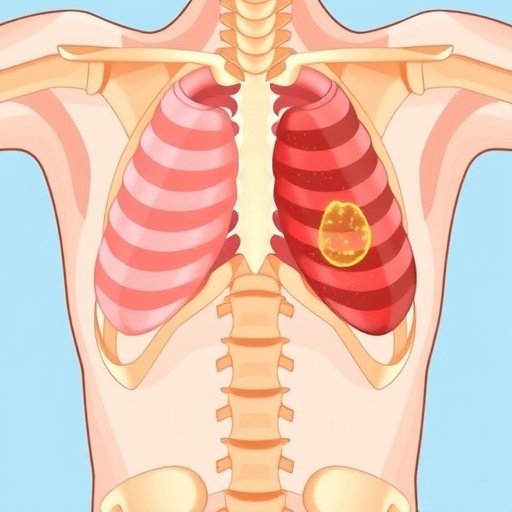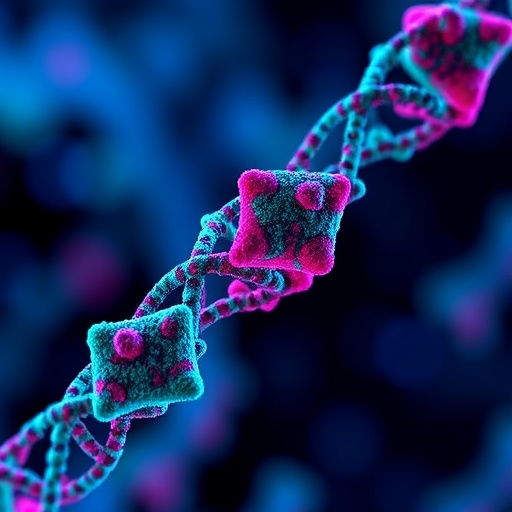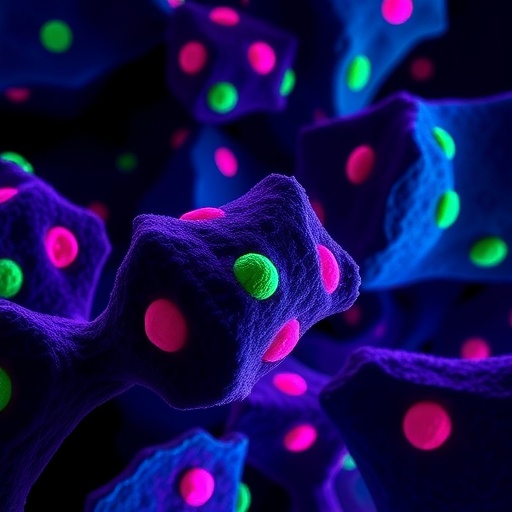Notably, TGCT predominantly arises in the tendons of joints, manifesting as localized swellings or masses, yet its clinical presentations can be misleading. Physicians may encounter cases that resemble infectious processes or inflammatory reactions, thus complicating the diagnostic pathway. The challenge lies not solely in detection but also in distinguishing TGCT from other similar tumors, particularly the more aggressive forms or other benign lesions. This emphasizes the need for clinicians to have an astute understanding of the nuances involved in pediatric presentations of these tumors.
.adsslot_gXwJ7Ob5rk{ width:728px !important; height:90px !important; }
@media (max-width:1199px) { .adsslot_gXwJ7Ob5rk{ width:468px !important; height:60px !important; } }
@media (max-width:767px) { .adsslot_gXwJ7Ob5rk{ width:320px !important; height:50px !important; } }
ADVERTISEMENT
Diagnosis typically hinges on imaging modalities such as MRI, which provides detailed insights into tissue compositions. Typical features of TGCT on MRI include well-defined masses with hypo- to iso-intense signal relative to muscle on T1-weighted images and higher signal intensities on T2-weighted images. These characteristics highlight the need for radiologists and clinicians to collaborate closely, ensuring a nuanced understanding and interpretation of imaging findings.
Further complicating the clinical picture is the tumor’s behavior, which may be indolent or aggressive. Patients can present with symptoms ranging from mild to significant pain and functional limitations. Consequently, multidisciplinary approaches are crucial for the management of these tumors, blending the expertise of oncologists, radiologists, and orthopedic surgeons. Recognition of the variations in presentation among different age groups can significantly impact treatment decisions and outcomes.
In pediatric cases, consideration must also be given to the biological behavior of these tumors, particularly given the potential for local recurrence. The treatment methodologies may include an array of options from surgical excision to observation, depending on the clinical scenario. While surgery remains a cornerstone of treatment, comprehending the tumor’s behavior can guide clinicians toward the best therapeutic approach, enhancing the child’s quality of life while minimizing the risk of complications.
Recently, significant strides have been made in developing molecular targeted therapies that could potentially alter the landscape of treatment for TGCT. The identification of specific genetic mutations associated with these tumors has opened avenues for targeted treatment options, offering hope for both reduced recurrence rates and improved patient outcomes. Ongoing research is expected to refine these approaches, aiming for personalized treatment strategies based on individual tumor characteristics.
Pediatric radiologists are tasked with monitoring these tumors over time, ensuring not only accurate diagnosis but also effective follow-up strategies. Regular imaging and clinical evaluations are essential aspects of post-treatment management, allowing clinicians to promptly identify any recurrence or complications. This reinforces the importance of pediatric expertise in imaging assessments and underscores the need for continuous education in managing unusual presentations of tumors.
Subject of Research: Pediatric Tenosynovial Giant Cell Tumors
Article Title: Tenosynovial giant cell tumor and its differential diagnosis in children.
Article References:
Inarejos Clemente, E.J., Moreno Romo, D., Barber, I. et al. Tenosynovial giant cell tumor and its differential diagnosis in children.
Pediatr Radiol (2025). https://doi.org/10.1007/s00247-025-06338-8
Image Credits: AI Generated
DOI: https://doi.org/10.1007/s00247-025-06338-8
Keywords: Tenosynovial giant cell tumor, pediatric oncology, differential diagnosis, imaging, treatment strategies.
Tags: diagnosis of pediatric tumorsdiagnostic confusion in pediatric oncologydistinguishing benign and aggressive tumorsimaging techniques in pediatric oncologyimplications of TGCT in childrenmanagement of pediatric tumorspediatric oncology challengesrare pediatric tumorstenosynovial giant cell tumors in childrenTGCT clinical presentationstimely intervention strategiesunderstanding pediatric tumor pathology





